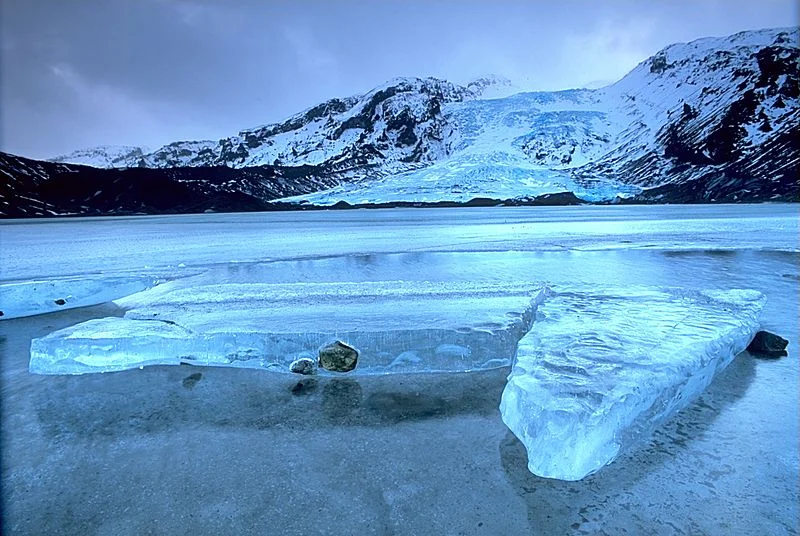Science and fiction aren’t the only ways to speculate; journalism is also joining the party, as newspapers imagine the features and op-eds of the future. Ted and Amanda share some of their recent speculative journalism reads and how these pieces connect fiction and non-fiction into a sometimes frighteningly real vision of what awaits us, a few issues down the road.
Theodore McCombs, on the NYT’s “Op-Eds from the Future”
In May, the New York Times started running “Op-Eds from the Future,” a new feature in which “science fiction authors, futurists, philosophers and scientists write op-eds that they imagine we might read 10, 20 or even 100 years” from today. In the first entry, Ted Chiang offers an incisive post-mortem of the failed “Gene Equality Project,” in which kids from disadvantaged backgrounds were offered the same cognitive enhancement gene therapies that propel rich kids into the New Elite. (To be clear, the Gene Equality Project is not real, has not happened, but maybe will have happened, one day.) Brooke Bolander addresses the squatter crisis after a catastrophic sea-level rise in “Who Should Live in Flooded Old New York?” and humanitarian aid worker Dr. Malka Older urges the United States to support the proposed unified Latin-American political bloc.
Ted Chiang. Photo credit: Arturo Villarubia (2011)
Ted Chiang in particular is a master of the short story styled as an article (check out especially “The Evolution of Human Science,” a high point of the form), but there’s a new, particularly fun slipperiness to a speculative op-ed: the most alarming future developments are already in the past, common knowledge, old news, while the op-ed picks over the aftermath, sadly, or smugly, or righteously. That challenges the authors to find a second twist on their premises immediately. It’s also a canny send up of the form. True, the developments and disasters foreseen in the op-eds “illuminate the urgent questions of today and prepare us for tomorrow,” as the Gray Lady insists—most science fiction does, and many of these op-eds do it quite well—but there’s a mild satirical effect in seeing future “columnists” deploy the op-ed’s indispensable umbrage and confidence for such distant, uncanny scenarios. Check out Bolander’s treatment of “Drowned Gotham,” a company that takes tourists “on a guided experience through the submerged ruins of some of New York City’s most well-remembered landmarks.”
Amanda Baldeneaux, on High Country News’s “Speculative Journalism Issue”
The August issue of High Country News featured stories from the year 2068. The issue, subtitled “The Speculative Journalism Issue,” is another example of news outlet taking a gander at what articles and editorials will read like in the coming decades. Unfortunately for us, the outlook is grim. High Country News, for those not familiar with this (wonderful) publication for “those who care about the west,” features stories about Colorado, Montana, Wyoming, and other regions that encompass the American west. Its regular journalism tackles environmental, social, and political topics ranging from water-right fights, to tarantula migrations, to the state of science under the Trump administration.
In 2068, we’ve gone over the cliff of environmental degradation, but it’s not all bad news. In California, the loss of coastal mansions and beachside neighborhoods creates a new, equalized community without the self-segregation of the housing market (“Communal Living in California” by Rachel Gabino). In 2068, the American draft no longer focuses on foreign wars, but on domestic firefighting, with young men and women conscripted into service to protect the remaining U.S. forests from burning—though not always in the public interest (“A Fire Service Whistleblower Speaks Out,” by Anna V. Smith). Soldier flies get conscripted to, but to eat human waste on posh ski resorts in the wake of lost water: with all the water funneled into snow-making machines, there’s none left to flush commodes. Like the firefighter in Smith’s story, though, the flies also go rogue, escaping their smelly chambers, with disastrous results for Vail Resorts and those invested in maintaining the last vestige of America’s ski economy (“Mayhem on the Mountain” by Paige Blankenbuehler). The issue touches on lost glaciers and their digital recreations, on special task forces to hunt “climate-causers,” and reader-submitted stories that cover dried-up rivers, climate refugees, and dust storms that overwhelm once prosperous suburbs. The articles are frightening in their commitment to detail, to the cause-and-effect of how these disastrous scenarios could come into play using our current circumstances and choices as the easy foundation for these unnatural disasters. The issue forces us to think like a reader of the future, one who would wonder why previous generations wouldn’t act now to stop the glaciers from melting, the world from getting too hot to snow further south than Northern Canada. Then we pause, realizing we are the generation to act. High Country News has issued their call to action through the imagined lens of the future, and now it’s on us to choose whether or not we let these visions come to pass.












We’ve had enough tricks already in 2020, so here’s a treat instead.